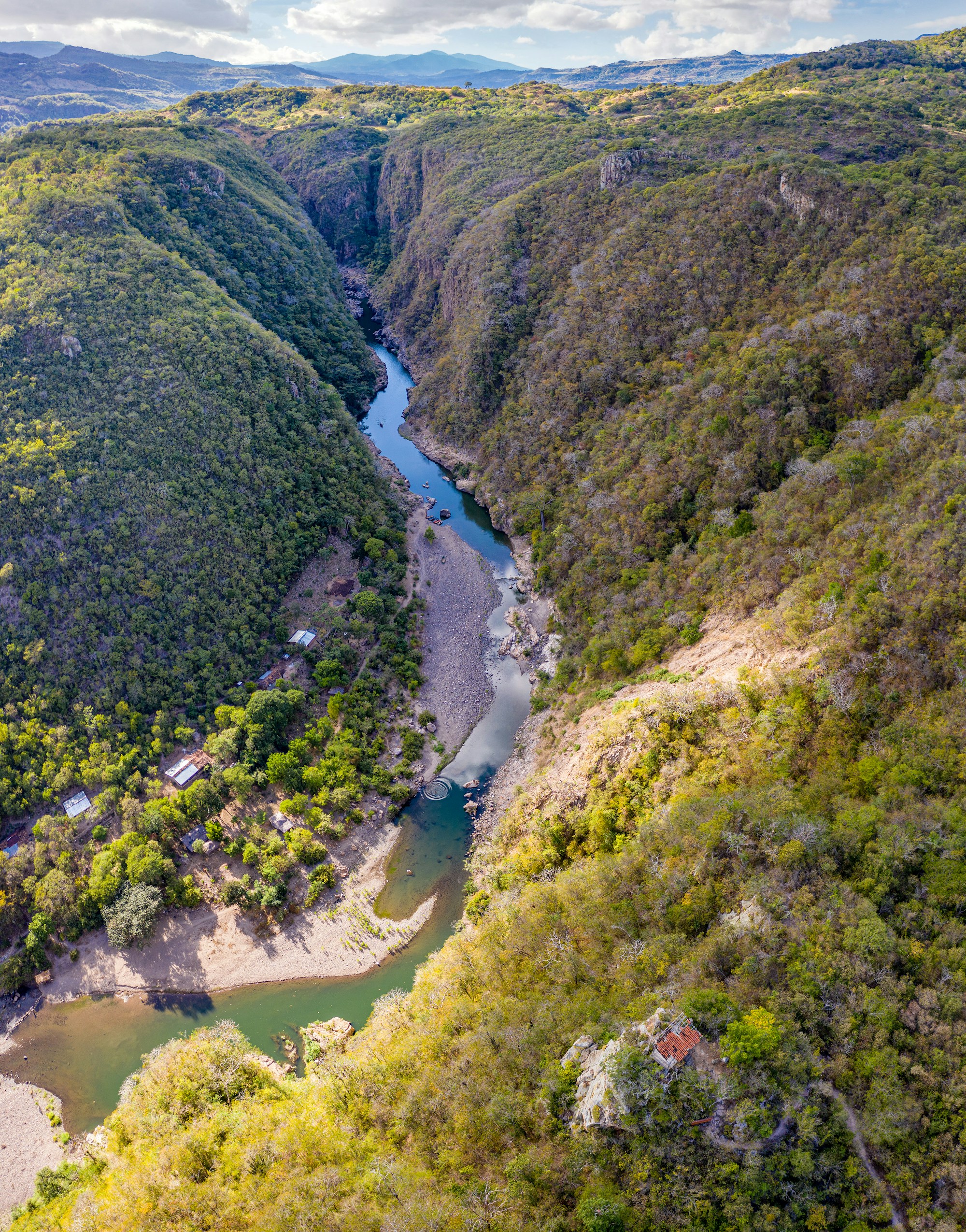Discover Nicaragua: Culture & Traditions Guide

Discover Nicaragua: Culture & Traditions Guide
If you are looking for a destination that is rich in culture and traditions, look no further than Nicaragua. This Central American country, located between the Pacific Ocean and the Caribbean Sea, is a melting pot of indigenous, European, and African influences. From vibrant festivals to delicious cuisine, Nicaragua is sure to captivate you with its unique cultural heritage.
Language
The official language of Nicaragua is Spanish, spoken by the majority of the population. However, you may also come across indigenous languages such as Miskito, Sumo, and Rama, especially in remote areas. English is also prevalent in areas heavily influenced by tourism.
Religion
Nicaragua is predominantly Catholic, with over 70% of the population identifying as Catholic. However, there is also a growing Protestant community in the country. You will find numerous churches and religious celebrations throughout Nicaragua, reflecting the strong influence of Catholicism on the culture.
Festivals
Nicaragua is known for its lively and colorful festivals, which provide a fascinating glimpse into the nation's traditions and customs. One of the most famous festivals is the Fiesta de Santo Domingo, held in Managua every August. During this week-long celebration, locals participate in parades, dances, and fireworks to honor Santo Domingo, the patron saint of the city.
The La Griteria festival, also known as the Immaculate Conception, takes place on December 7th in honor of the Virgin Mary. Nicaraguans gather in the streets, shouting greetings and prayers, followed by firework displays and traditional music performances.
Traditional Cuisine
Nicaraguan cuisine is a fusion of indigenous, Spanish, and African flavors. One of the most beloved dishes is "gallo pinto," a combination of rice and beans often served for breakfast. Other traditional dishes include "nacatamales," which are similar to tamales, and "vigoron," a dish made with yuca, pork rinds, and cabbage.
Don't forget to try the famous Nicaraguan rum, which is enjoyed both straight and in delicious cocktails such as the Flor de Caña's "Macuá" or "Nica Libre."
Art and Handicrafts
Nicaragua has a rich tradition of arts and crafts, with many skilled artisans showcasing their talents in various forms. Look out for intricately woven textiles, pottery, and wooden carvings. The city of Masaya is particularly famous for its artisan markets, where you can find unique souvenirs to take home.
Nicaraguan Folklore
Folklore plays an important role in Nicaraguan culture, with many legends and myths passed down through generations. One well-known character is "La Gigantona," a giant puppet dressed in colorful attire that symbolizes the blending of indigenous and Spanish cultures. During festivals, the Gigantona dances through the streets, captivating both children and adults.
Another significant figure in Nicaraguan folklore is "El Güegüense," a satirical play that mocks the Spanish conquerors. It is considered a masterpiece of Nicaraguan literature and is often performed during cultural events.
Visiting Nicaragua
When planning your visit to Nicaragua, be sure to explore the colonial cities of Granada and León, where you can admire stunning architecture and learn about the country's history. Don't miss the opportunity to visit the beautiful beaches along the Pacific coast or venture into the lush rainforests for an eco-adventure.
Remember to be respectful of the local customs and traditions during your stay in Nicaragua. Embrace the vibrant culture, try the local cuisine, and participate in the festivities to get the most out of your experience in this enchanting country.
